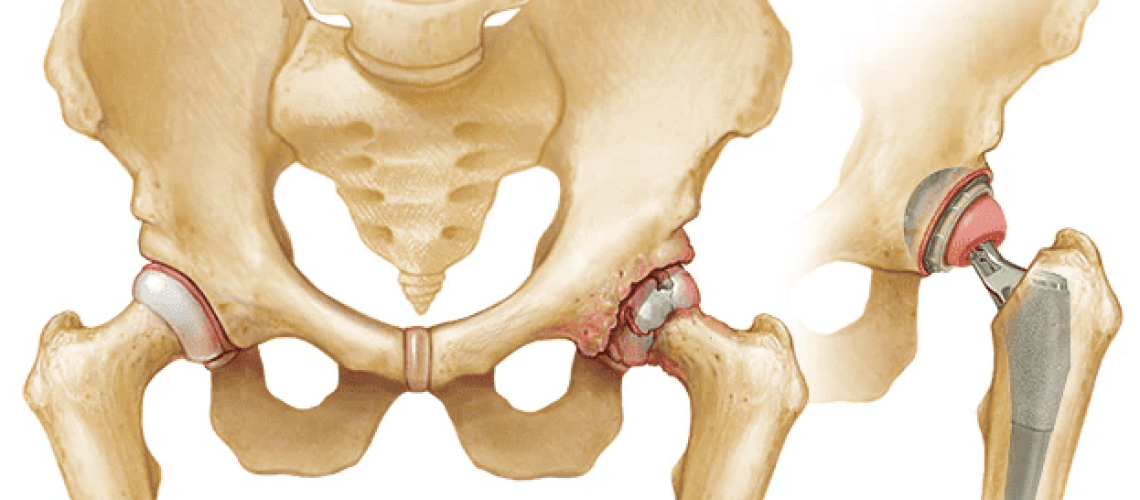At Thunder Basin Orthopaedics, we meet so many people, just like you, suffering from hip joint pain or mobility issues that make everyday activities a challenge. For some of these individuals, hip replacement surgery is a viable solution, offering a chance to reclaim their active lifestyles. Whether you’re a seasoned athlete or someone who just wants to enjoy a pain-free walk in the park, our team is dedicated to helping you understand your options and make informed decisions. So, let’s delve into the world of hip replacement surgeries together.
Your Options: Types of Hip Replacement Surgeries
When it comes to hip replacement surgeries, one size certainly does not fit all. Depending on your unique needs and health status, there are several different procedures available:
- Total Hip Replacement: This is the ‘full package’—it involves replacing the entire hip joint. It’s kind of like getting a complete makeover for your hip, where we replace the damaged femoral head (the ball part of the ball-and-socket joint) and the socket with artificial components.
- Partial Hip Replacement: Sometimes, only part of your hip needs a makeover. In these cases, we replace just the femoral head, leaving your natural socket intact.
- Hip Resurfacing: Think of this as a touch-up rather than a full makeover. We reshape the femoral head and cap it with a metal covering, leaving most of your natural bone in place.
- Revision Hip Replacement: Sometimes, an earlier hip replacement might need a do-over. This could be due to normal wear and tear over time, or complications such as infection.
Could You Be the Perfect Match for Hip Replacement?
It’s important to note that while hip replacement can work wonders, it’s not the best fit for everyone. Our team will consider several factors to determine if you’re a good candidate for the procedure:
- Age: While there’s no strict age limit for hip replacement, it’s most commonly performed on individuals between the ages of 50 and 80. But hey, age is just a number, and advancements in surgical techniques and prosthetic materials have made hip replacement a safe and effective option for younger patients too.
- Medical Conditions: If you’re dealing with osteoarthritis, rheumatoid arthritis, or osteonecrosis, hip replacement could be a game-changer for you.
- Lifestyle Factors: Your daily activities, overall health, and lifestyle choices could also influence your suitability for hip replacement. We’ll need to consider things like your level of physical activity, weight, and whether you smoke.
The Art of Hip Replacement: Surgical Techniques
Once we’ve determined that hip replacement is the right move for you, the next step is choosing the surgical technique. Some common approaches include:
- Posterior Approach: This is the classic, most common method. We access the hip joint through the back or side of the hip.
- Anterior Approach: This modern method involves accessing the joint from the front of the hip. It often leads to a faster recovery time, but it’s not suitable for everyone.
- Minimally Invasive Techniques: These cutting-edge techniques involve smaller incisions and less disruption to surrounding tissues, which can mean less post-operative pain and a quicker recovery.
Wrapping Up
So there you have it, a sneak peek into the world of hip replacement surgeries. Remember, each journey towards pain-free movement is unique, and the best treatment plan is one tailored to your specific needs.
Got more questions? No problem! We’re here to help you navigate this journey. Whether you’re curious about the lifespan of a hip replacement, what recovery might look like, or potential risks and complications, our team at Thunder Basin Orthopaedics is ready to guide you every step of the way.
FAQs
We know you may still have a bunch of questions swirling around in your mind, and that’s okay. Here are some common questions we get asked:
- How long does a hip replacement last? Well, most artificial hip joints are pretty durable, lasting for about 15-20 years. But remember, everyone is different, and several factors can influence how long your new hip lasts.
- What is the recovery time after hip replacement surgery? While this varies from person to person, most folks find themselves up and walking within a day or two post-surgery. However, a full recovery, including a return to normal activities, can take a few weeks to months.
- Can I exercise after hip replacement surgery? Absolutely! In fact, it’s a vital part of your recovery. But hold your horses! It’s important to start with low-impact activities and gradually increase intensity based on your surgeon’s advice.
- Are there any restrictions after hip replacement surgery? Yes, there might be a few. High-impact sports or heavy lifting might need to take a backseat for a while. But don’t worry, our team will give you specific guidelines tailored to your individual circumstances.
- What are the potential risks and complications of hip replacement surgery? As with any surgery, there are potential risks and complications, like infection, blood clots, dislocation, nerve damage, and implant failure. Rest assured, our team takes every precaution to minimize these risks.
Take the Next Step Towards a Pain-Free Life
Hip replacement surgery is a big decision, and we’re here to make sure you’re informed and confident every step of the way. If you’re tired of hip pain holding you back from living your best life, give us a call at Thunder Basin Orthopaedics. Let’s explore your options together and take the next step towards a more active, pain-free future.
Your journey to reclaiming your life from joint pain starts here. Schedule your appointment with Thunder Basin Orthopaedics today, and let’s get you back to doing what you love.


